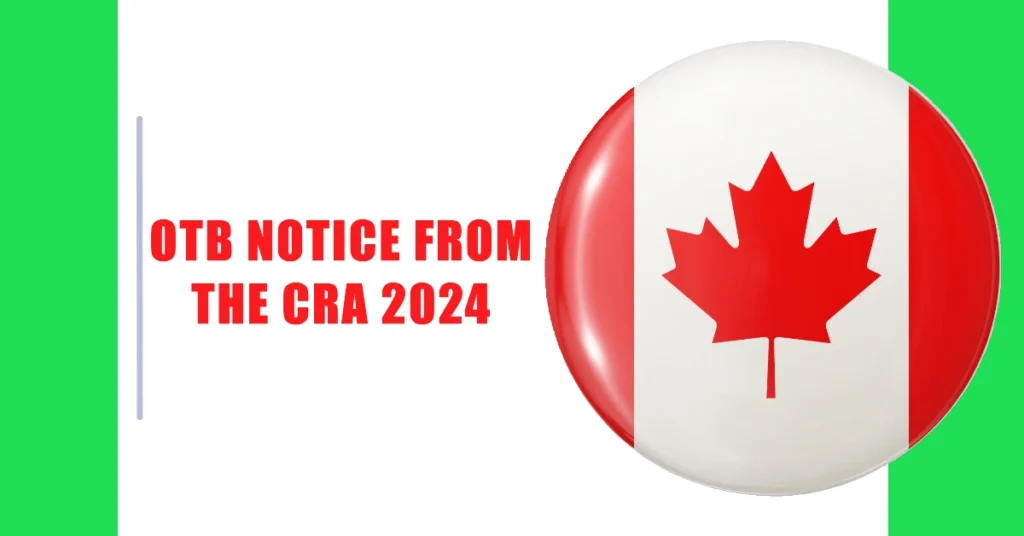If you receive financial assistance through the Ontario Trillium Benefit (OTB), you may occasionally receive a notice from the Canada Revenue Agency (CRA) regarding your benefits. This article will help you understand what an OTB notice is, why you receive it, and what actions you may need to take.
Table of Contents
What is the Ontario Trillium Benefit (OTB)?
The Ontario Trillium Benefit is designed to provide financial support to low- and moderate-income residents of Ontario. It consolidates three key credits:
- Ontario Energy and Property Tax Credit (OEPTC)
- Ontario Sales Tax Credit (OSTC)
- Northern Ontario Energy Credit (NOEC)
The OTB aims to ease the financial burden of living costs, especially concerning housing and energy expenses.
What is an OTB Notice from the CRA?
An OTB notice is an official communication from the CRA regarding your eligibility for the Ontario Trillium Benefit, the amount you will receive, or changes to your benefit status. It typically includes important information such as:
- The total amount of your OTB for the year.
- Payment dates.
- Changes to your eligibility or circumstances that may affect your benefits.
- Any required actions you need to take, such as confirming your income or residency status.

Why You Receive an OTB Notice
You may receive an OTB notice for several reasons:
- Annual Review: After you file your income tax return, the CRA assesses your eligibility for the OTB based on your reported income and other factors. If there are changes to your income or family status, the CRA will send you a notice outlining these changes.
- Reassessment: If the CRA has reviewed your tax return and found discrepancies, they may send you a notice to inform you of any changes to your OTB amount or eligibility.
- Information Request: Sometimes, the CRA may require additional information to verify your eligibility. The notice will outline what information is needed and how to provide it.
How to Interpret Your OTB Notice
When you receive an OTB notice, it’s essential to read it carefully. Here are key components to pay attention to:
- Benefit Amount: This section outlines how much you will receive from the OTB, including any increases or decreases based on changes in your income or family size.
- Payment Schedule: The notice will include information on when you can expect to receive your payments, whether monthly or as a lump sum.
- Eligibility Criteria: If there are changes to your eligibility, the notice will provide details on the factors affecting your benefits.
$337 Ontario Trillium Benefit (OTB) Coming in October 2024: Eligibility & Payment Dates
$2900 CPP Increase in Oct 2024: Eligibility & Payment Dates
Ontario Trillium Benefit 2024: Payment Dates, Eligibility & Amount
$2,902.34 Monthly Income OAS Benefits for Senior Couples in Canada
Ontario Child Benefit 2024: Eligibility, Payment Amount, and Important Dates
What Actions to Take
Upon receiving your OTB notice, here are some steps you should consider:
- Verify Information: Check the details in the notice against your tax return and personal circumstances to ensure accuracy.
- Respond Promptly: If the notice requests additional information or clarifications, respond as quickly as possible to avoid delays in your benefits.
- Keep Records: Maintain a copy of the notice along with any correspondence related to your OTB for your records. This is useful in case of future inquiries or issues.
- Seek Assistance: If you have questions about your OTB notice or need help understanding it, consider contacting the CRA directly or seeking assistance from a tax professional or community organization.
Understanding your OTB notice from the CRA is crucial for managing your benefits effectively. By being aware of the details outlined in the notice and taking appropriate actions, you can ensure that you receive the financial assistance you are entitled to under the Ontario Trillium Benefit program. Always keep your personal information up to date with the CRA to avoid disruptions in your payments. If you need further clarification or assistance, don’t hesitate to reach out to the CRA or consult a tax advisor for guidance.
